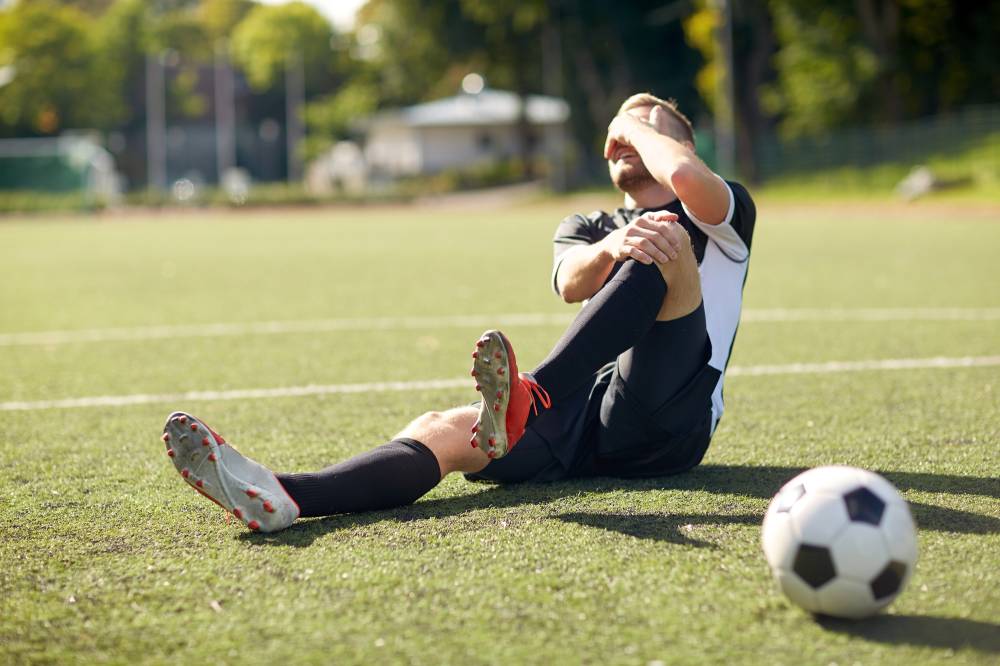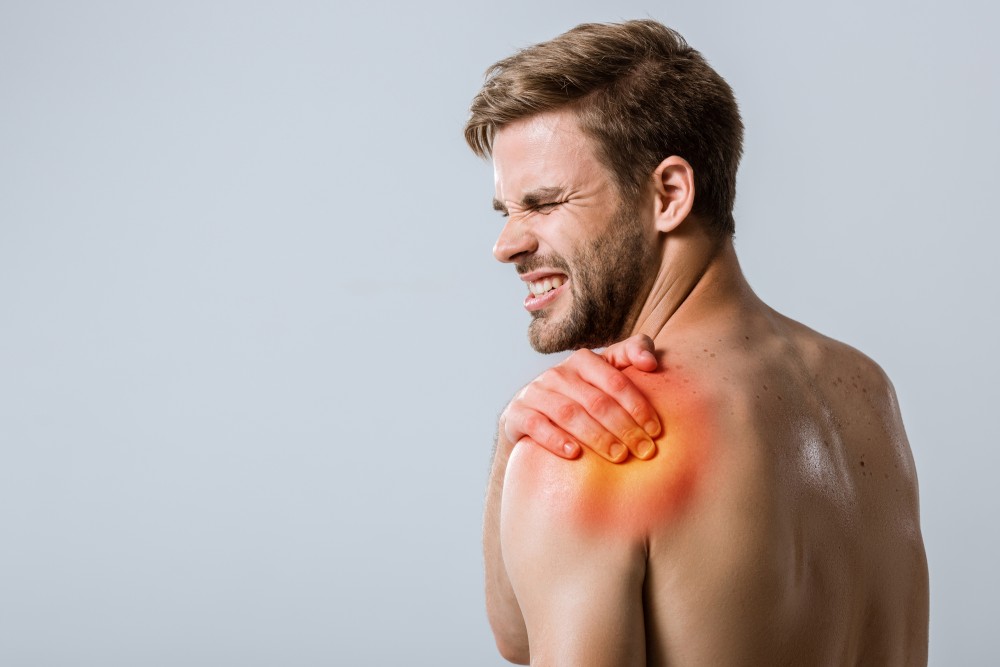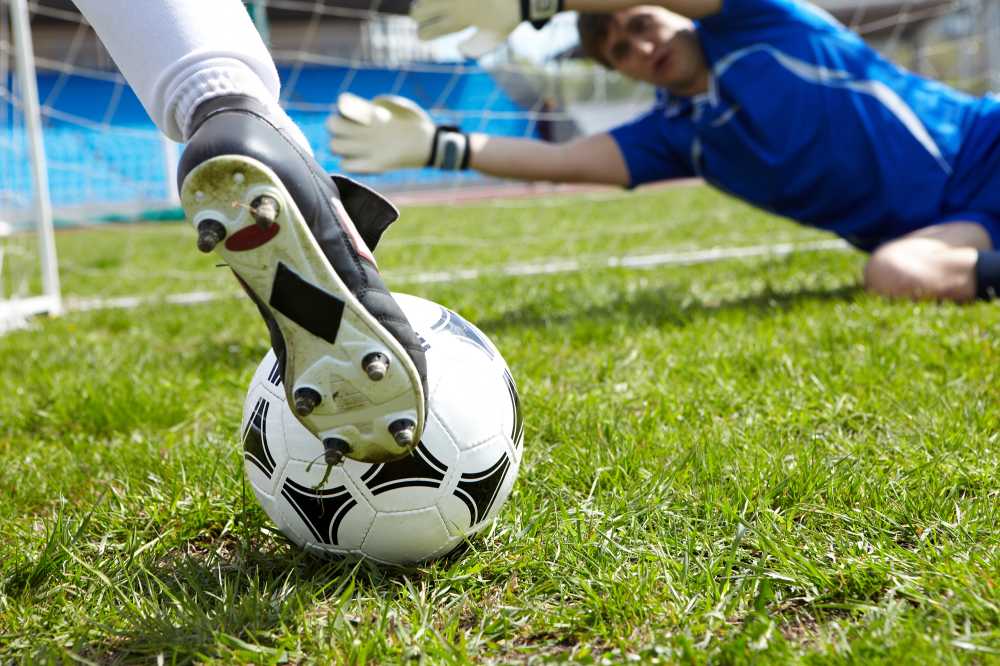Participating in sports is an important aspect of a healthy lifestyle. Soccer is a world sport that attracts many people to play, whether it is for fun or at an elite level. Playing soccer involves a lot of running, jumping and contact so there is always a potential chance that athletes may move in the wrong ways, trip and fall, make sudden high intensity impacts with each other or the ground and as a result injuries may occur.
However, the risk of injury should not deter a person from playing soccer, but by being aware of some of the most common injuries for soccer players, you can take steps to prevent them or at least reduce the risk of getting hurt. Below are 3 common injuries for soccer players and the best ways to treat them.
Lateral Ankle Sprain
What is it?
The outer ankle is composed of 3 ligaments, the Anterior TaloFibular Ligament (ATFL), the CalcaneoFibular Ligament (CFL) and the Posterior TaloFibular Ligament (PTFL). The weakest ligament is the ATFL which attaches at the front of your outer ankle. Approximately 70% of lateral ankle sprains involve only this ligament (Melanson & Shuman 2022). As a result of this injury, ligament laxity, potential muscle weakness and limitation in range of motion occurs.
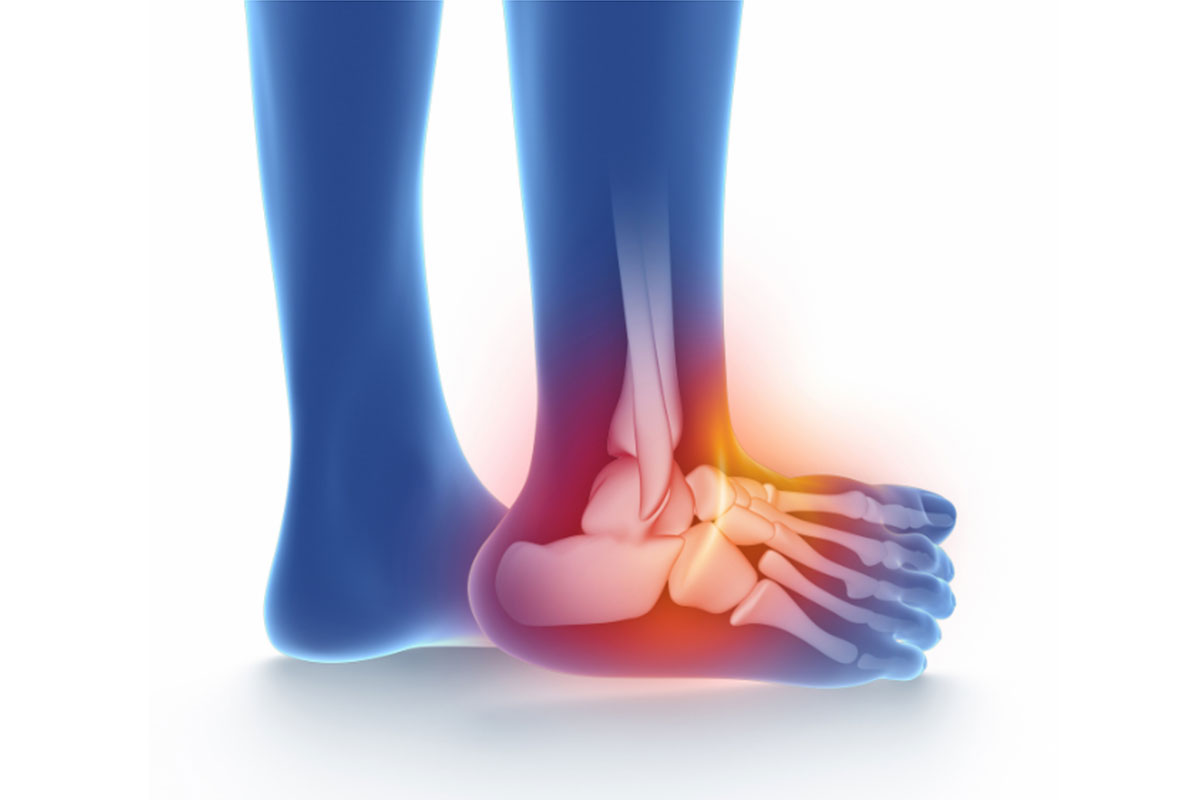
How does it get injured in soccer?
- Jumping and landing with ankle pointing down and in
- Contact from the outer side impacting the outer ankle (slide tackle)
Treatment
- Decrease pain and protect the ankle joint via taping or brace
- Restore functional movement and stability with balance training
- Restore strength and enhance muscular endurance to sustain certain loads and intensities
Anterior Cruciate Ligament (ACL) Tear/Rupture
What is it?
The ACL attaches at the front of the knee and assists in stablising the knee joint by preventing excessive forward movements of the tibia or limiting rotational knee movements. The presentation of an ACL tear or rupture includes a sensation of a painful “pop” during the impact, immediate swelling of knee, painful and restricted range of movements in the acute phase, and ‘giving way’ or instability symptoms, during later stages, when people attempt to return to their original activities (Yoo & Marappa-Ganeshan 2022). An ACL tear is often associated with medial meniscal tears.
How does it get injured in soccer?
- Jumping and landing with foot planted and knee twisted
- Suddenly slowing down and changing direction (cutting)
- Sprinting and stopping suddenly
- Receiving a direct blow to the knee or having a collision, such as a tackle
Treatment
- Pre-hab before surgery is important and involves preparing the knee and body for surgery
- Pre-hab exercises should focus on minimising pain, straightening the knee and developing good hamstrings and quadriceps control and strength.
- Post surgical rehab will focus on bringing your knee back to its full functional ability and stability
- Restoring general strength and control in quadriceps and hamstrings
- Restoring specific strength, control and stability toward activities – i.e. playing soccer
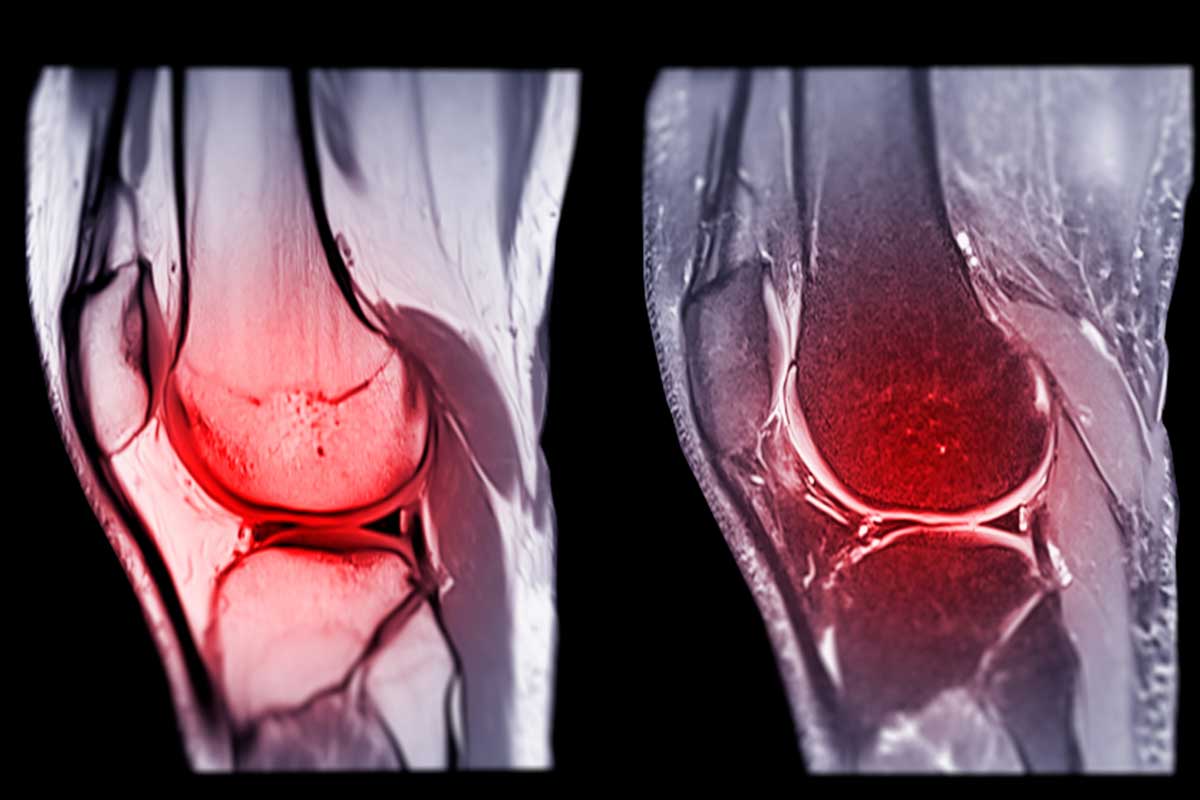
Osteitis Pubis
What is it?
Osteitis pubis is a condition that causes inflammation around the centre of the pelvis. It generally occurs due to overuse of the hip and leg muscles and it is common for soccer players as it is strongly associated with changing direction, kicking or pivoting (Via et al. 2018). The inflammation around the pelvis may cause discomfort or pain while sitting and continuing with the same physical intensity will likely increase the pain.
How does it get injured in soccer?
- Kicking, especially with great force consistently
- Sprinting and constantly changing direction
Treatment
- Decrease pain
- Apply heat to the muscles around area to increase blood flow and recovery
- Stabilise the pelvis with core stability exercises and muscle stretching and strengthening exercises of the abdominals, adductors, flexor and extensor hip muscles
- Biomechanics training related to activities – i.e. playing soccer, to perform athletic aspects of the sport with correct technique
References
- Melanson SW, Shuman VL. Acute Ankle Sprain. [Updated 2022 May 29]. In: StatPearls. Treasure Island (FL): StatPearls Publishing; 2022 Jan-. Available from: https://www.ncbi.nlm.nih.gov/books/NBK459212/
- Yoo H, Marappa-Ganeshan R. Anatomy, Bony Pelvis and Lower Limb, Knee Anterior Cruciate Ligament. [Updated 2022 Jul 25]. In: StatPearls. Treasure Island (FL): StatPearls Publishing; 2022 Jan-. Available from: https://www.ncbi.nlm.nih.gov/books/NBK559233/
- Via AG, Frizziero A, Finotti P, Oliva F, Randelli F, Maffulli N. Management of osteitis pubis in athletes: rehabilitation and return to training – a review of the most recent literature. Open Access J Sports Med. 2018 Dec 24;10:1-10. doi: 10.2147/OAJSM.S155077. PMID: 30613167; PMCID: PMC6307487.
